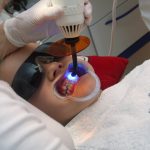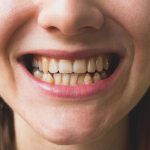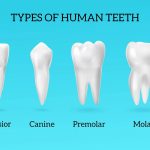Say Goodbye to White Spots on Teeth: Effective Ways to Remove Them
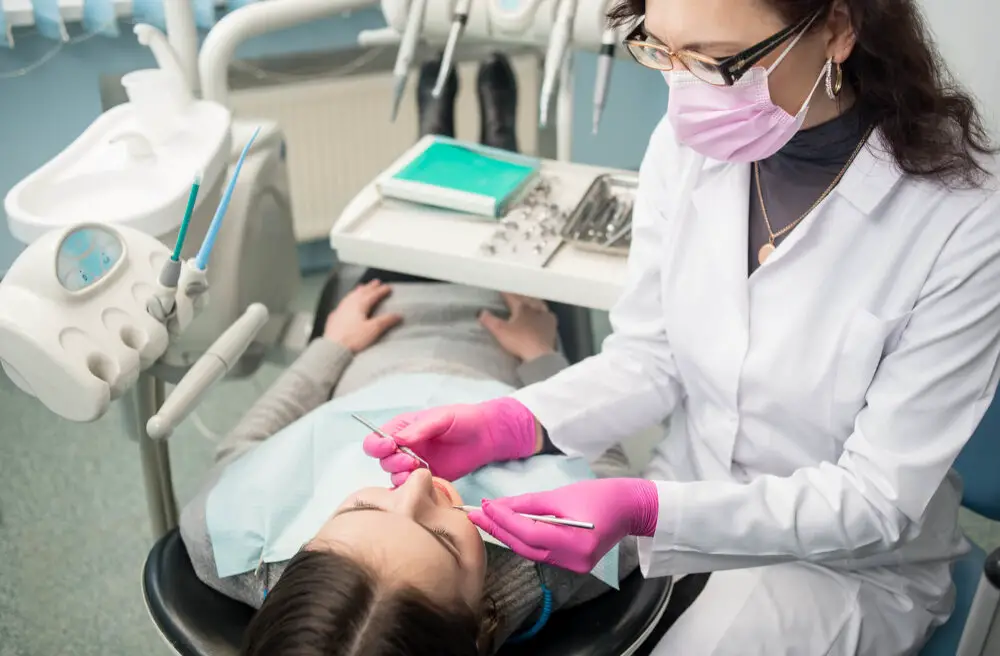
White spots on teeth can be a source of embarrassment and self-consciousness for many people. These spots, which are often caused by dental fluorosis, poor oral hygiene, or enamel hypoplasia, can make teeth appear discolored or uneven. Fortunately, there are several effective ways to remove white spots on teeth and restore a bright, healthy smile. One of the most common ways to remove white spots on teeth is through professional teeth whitening. This process involves the use of a bleaching agent to remove surface stains and discoloration. While there are many over-the-counter teeth whitening kits available, it’s important to seek out a professional dentist for the best results. In-office teeth whitening treatments are safer, more effective, and can produce longer-lasting results than at-home kits. Additionally, dentists can customize the treatment to your specific needs and address any underlying dental issues that may be contributing to the white spots.
White spots on teeth are a common dental problem that can affect people of all ages. These spots are typically caused by a buildup of plaque or mineral deposits on the teeth, which can occur as a result of poor oral hygiene, consuming too many acidic or sugary foods and beverages, or even as a side effect of certain medications. While white spots on teeth are not typically harmful, they can be unsightly and may cause individuals to feel self-conscious about their smiles. Fortunately, there are a variety of effective ways to remove white spots on teeth, ranging from simple lifestyle changes to professional dental treatments. With the right approach, anyone can achieve a brighter, healthier smile free from unsightly white spots.
Professional Dental Treatments

Professional dental treatments are an effective way to remove white spots on teeth. One common treatment is microabrasion, which involves using a special gel and a dental drill to remove a thin layer of enamel that contains the white spots. Another option is dental bonding, where a tooth-colored resin is applied to the affected teeth and then hardened with a special light. This method is particularly useful for larger areas of discoloration. Additionally, teeth whitening treatments can help to reduce the appearance of white spots by lightening the surrounding enamel. It’s important to note that professional dental treatments should always be performed by a licensed dentist. While at-home remedies like oil pulling or baking soda may seem like an easy solution, they can actually do more harm than good by eroding enamel or causing gum irritation. By seeking out a professional dental treatment, patients can be assured that they are receiving safe and effective care that will leave their teeth looking healthy and beautiful.
When it comes to professional dental treatments, there are various options available, depending on the specific issue that needs to be addressed. Microabrasion, for instance, is a procedure that involves using a fine abrasive material to remove a thin layer of enamel from the teeth. This can be an effective way to remove superficial stains and discolorations, such as those caused by drinking coffee or tea. Bleaching, on the other hand, involves using a chemical solution to whiten the teeth. This can be a good option for people who have yellow or brown stains on their teeth, as well as for those who simply want to brighten their smile. Finally, bonding is a procedure that involves applying a tooth-colored resin material to the surface of the teeth. This can be used to fill in gaps, repair chips and cracks, and improve the overall appearance of the teeth. Overall, there are many different professional dental treatments available, and it’s important to consult with a dentist to determine the best course of action for your specific needs.
There are various treatment options available for removing white spots on teeth, each with their own set of pros and cons. Microabrasion involves removing the top layer of enamel with an acid and abrasive paste, which can effectively remove white spots, but may also weaken the tooth’s structure. Teeth whitening can also help to reduce white spots, but it may not completely remove them. Using porcelain veneers can provide a long-term solution and enhance the appearance of teeth, but it is a more costly and invasive procedure. Finally, remineralization treatments can help to strengthen tooth enamel and reduce the appearance of white spots, but it may take a longer time to see results. Ultimately, the best treatment option will depend on the severity of the white spots and the individual’s preferences and budget.
When considering how to remove white spots on teeth, it’s important to take cost into consideration. While some methods may seem more expensive than others, it’s important to weigh the long-term benefits and potential costs. For example, professional teeth whitening may cost more upfront but can provide more lasting results than at-home methods. On the other hand, some home remedies may be cheaper but may not be as effective or could potentially cause damage to the teeth. It’s also important to consider the cost of maintaining any treatment or preventative measures. Regular dental cleanings and proper oral hygiene can help prevent white spots from forming, ultimately saving money in the long run.
AtHome Remedies

At-home remedies are a popular and cost-effective way to remove white spots on teeth. These spots can occur due to a variety of reasons such as poor dental hygiene, excessive consumption of acidic foods and drinks, and lack of calcium in the diet. One of the most effective at-home remedies is oil pulling. This involves swishing oil, such as coconut oil, around the mouth for 10-15 minutes. The oil helps to remove bacteria and toxins from the mouth, which can contribute to the formation of white spots. Another popular remedy is baking soda. Mixing baking soda with water to create a paste and brushing with it can help to remove surface stains and whiten teeth. However, it is important to use this remedy sparingly as overuse can damage tooth enamel. Another effective at-home remedy for white spots on teeth is apple cider vinegar. This household staple has antibacterial properties that help to remove bacteria and plaque from the mouth. However, it is important to dilute the vinegar with water before using it, as the acidity can erode tooth enamel. Additionally, maintaining good dental hygiene practices such as regular brushing and flossing, and limiting sugary and acidic foods and drinks, can also prevent the formation of white spots on teeth. Overall, while at-home remedies can be effective in removing white spots on teeth, it is important to consult a dentist if the spots persist or worsen.
If you’re looking for effective at-home remedies to get rid of those pesky white spots on your teeth, there are several options to consider. Oil pulling, for example, involves swishing a tablespoon of oil, such as coconut oil, in your mouth for several minutes before spitting it out. This can help remove bacteria and plaque buildup that contribute to white spots. Another option is to use baking soda, which can be mixed with water to create a paste that can be brushed onto teeth to remove surface stains. Finally, fluoride treatments, such as fluoride toothpaste or mouthwash, can help strengthen tooth enamel and prevent white spots from forming in the first place.
There are several remedies available for removing white spots on teeth, each with their own set of pros and cons. One of the most popular remedies is using a teeth whitening product, such as a whitening toothpaste or gel. These products can be effective in removing the spots, but they may also cause tooth sensitivity or gum irritation. Another option is microabrasion, which involves removing a thin layer of enamel from the affected teeth. This can be effective, but it may also weaken the teeth and make them more prone to decay. Dental bonding is another option, which involves applying a tooth-colored resin to the affected teeth. This can be a quick and easy solution, but it may not be as long-lasting as other options. Ultimately, the best remedy will depend on the individual and their specific situation.
When it comes to removing white spots on teeth, it is important to consider safety precautions. Using abrasive materials or harsh chemicals can damage the enamel and cause further dental problems. It is recommended to consult a dentist before trying any home remedies or over-the-counter products. Additionally, maintaining good oral hygiene habits such as brushing twice a day, flossing, and visiting the dentist regularly can prevent the formation of white spots on teeth. Remember, taking care of your dental health should always come first, and any treatment should be done with caution to avoid any adverse effects.
Lifestyle Changes
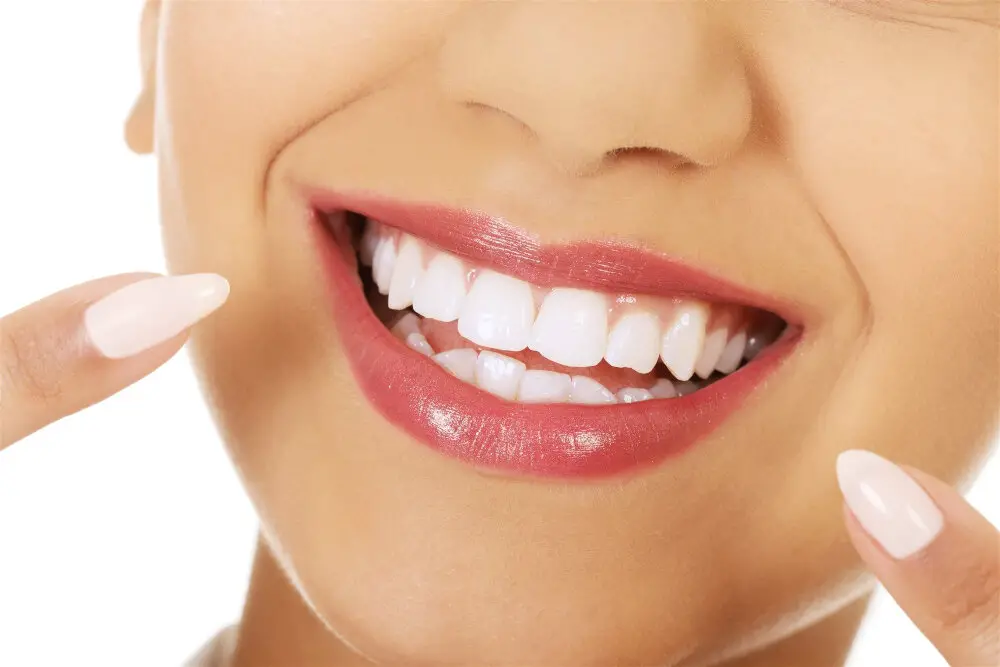
Lifestyle changes can play a significant role in preventing and removing white spots on teeth. One of the most crucial steps is to maintain good oral hygiene. Brushing your teeth twice a day and flossing regularly can help remove plaque and prevent the buildup of bacteria that can cause white spots. It’s also important to use fluoride toothpaste, which strengthens tooth enamel and protects against decay. Additionally, avoiding sugary and acidic foods and drinks can help prevent the erosion of tooth enamel, which can lead to white spots. Another lifestyle change that can help remove white spots on teeth is to consume more calcium and vitamin D-rich foods. These nutrients help strengthen tooth enamel and promote healthy bone growth. Foods such as dairy products, leafy greens, and fish are excellent sources of calcium and vitamin D. Additionally, drinking plenty of water can help flush away harmful bacteria and food particles that can lead to white spots. By making these simple lifestyle changes, you can improve your oral health and reduce the risk of developing white spots on your teeth.
White spots on teeth can be unsightly and can make you feel self-conscious about your smile. Luckily, there are ways to prevent them from forming in the first place. One of the most effective ways to prevent white spots on teeth is by reducing your sugar intake. This is because sugar is a major contributor to tooth decay, which can lead to white spots. Another important preventative measure is maintaining good oral hygiene. This means brushing your teeth twice a day and flossing daily to remove any plaque buildup that can contribute to the formation of white spots. By making these simple lifestyle changes, you can help keep your teeth healthy and free from unsightly white spots.
Incorporating changes into daily life can be a challenging task, but there are a few tips that can make it easier. First, make a plan and set achievable goals. For example, commit to brushing your teeth twice a day for two minutes each time. Second, make it a habit by scheduling it into your daily routine, like after breakfast and before bed. Third, find a way to make it enjoyable, such as listening to music or using a flavored toothpaste. Fourth, track your progress and celebrate your successes. Finally, be patient and persistent, as it may take time to see the desired results. By following these tips, you can easily incorporate changes into your daily life and say goodbye to white spots on your teeth.
OvertheCounter Products

Over-the-counter products are a popular and accessible option for those looking to remove white spots on their teeth. These products include toothpaste, mouthwash, and whitening strips that are readily available at most drugstores. Some toothpaste brands are specifically formulated to help remove white spots, as they contain ingredients such as baking soda, hydrogen peroxide, and fluoride that work to remove surface stains and strengthen tooth enamel. Additionally, mouthwash can aid in the removal of white spots by killing bacteria that can cause discoloration and decay. Whitening strips are another popular option, as they are easy to use and can provide noticeable results in just a few uses. However, it is important to note that over-the-counter products may not be as effective as professional treatments and can potentially cause harm if used incorrectly. While over-the-counter products can be effective in removing white spots on teeth, it is important to also address the underlying causes of these spots. Poor oral hygiene, a high sugar diet, and acidic foods and drinks can all contribute to the formation of white spots. Therefore, it is important to maintain a healthy diet and oral hygiene routine, including brushing twice a day, flossing regularly, and visiting the dentist for regular cleanings. In addition, reducing the consumption of sugary and acidic foods and drinks can help to prevent the formation of white spots and promote overall oral health. By using over-the-counter products in combination with a healthy lifestyle, individuals can effectively remove white spots on their teeth and maintain a bright, healthy smile.
Over-the-counter products, including whitening toothpaste and mouthwash, have become increasingly popular in recent years. Whitening toothpaste typically includes ingredients such as hydrogen peroxide, baking soda, and activated charcoal that help remove surface stains from teeth. Mouthwash, on the other hand, may contain alcohol, fluoride, or hydrogen peroxide, which can help kill bacteria and prevent tooth decay. While these products can be effective in removing surface stains and promoting oral hygiene, it’s important to note that they may not be effective for all types of stains or dental issues. It’s always best to consult with a dentist for personalized advice on the best products and practices for maintaining a healthy, white smile.
There are several products that claim to effectively remove white spots on teeth. One such product is toothpaste specifically formulated for whitening. The pros of using this product are that it is easy to use, affordable, and readily available in most stores. However, the cons of using this product include the fact that it may not be effective for all types of white spots, and it may take a while to see noticeable results. Another product is dental bonding, which involves applying a tooth-colored resin to the affected area. The pros of this product are that it is a quick and painless procedure, and the results are usually immediate. However, the cons of dental bonding are that it is a temporary solution and may need to be redone periodically. Overall, it is important to consult with a dentist to determine the best course of action for removing white spots on teeth.
When it comes to removing white spots on teeth, cost considerations can be a significant factor. There are various methods available, ranging from over-the-counter remedies to professional dental procedures. Over-the-counter options such as whitening strips or toothpaste may be more affordable initially, but they may not provide long-lasting results. On the other hand, professional treatments like dental bonding or veneers can be more expensive but may offer more permanent solutions. It’s important to consider the cost of both the treatment itself and any potential follow-up appointments or maintenance required. Ultimately, the best option will depend on individual needs, preferences, and budget.
White spots on teeth are a common dental issue that can be caused by a variety of factors, including poor oral hygiene, excessive fluoride intake, and enamel hypoplasia. Fortunately, there are several effective ways to remove white spots on teeth. One of the most popular methods is microabrasion, which uses a special paste and a dental drill to remove the top layer of enamel. Another option is dental bonding, which involves applying a tooth-colored resin to the affected area. Additionally, teeth whitening treatments can help to even out the color of your teeth and minimize the appearance of white spots. Finally, it’s important to maintain good oral hygiene habits, such as regular brushing and flossing, to prevent the formation of new white spots on your teeth.
If you are struggling with white spots on your teeth, it is imperative to seek advice from a dental professional. Not only can they diagnose the underlying cause of your white spots, but they can also provide personalized treatment recommendations to help you achieve a brighter, healthier smile. Ignoring white spots on your teeth can lead to further dental issues, such as decay and cavities, which can cause discomfort and affect your overall oral health. By consulting with a dental professional, you can take the necessary steps to remove white spots and prevent future dental problems, ensuring that you have a confident and radiant smile for years to come.
Conclusion
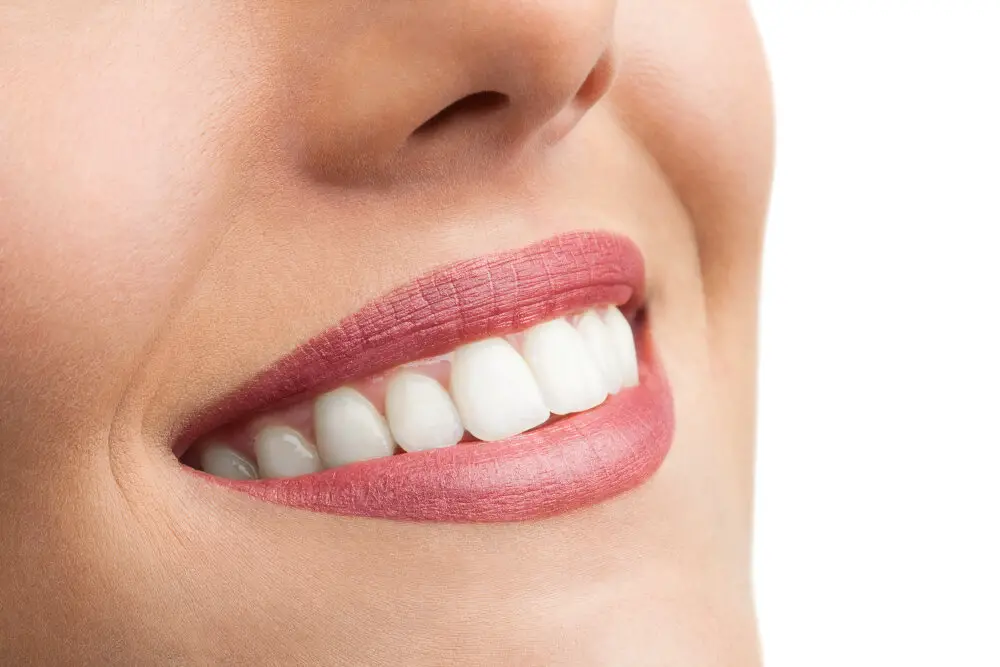
In conclusion, white spots on teeth can be a source of embarrassment and self-consciousness, but there are effective ways to remove them. From maintaining good oral hygiene habits to seeking professional treatments, individuals have a variety of options to choose from. It’s important to remember that prevention is key, and taking proactive steps to protect your teeth can go a long way in avoiding white spots and other dental issues. With diligence and care, anyone can achieve a brighter, healthier smile free of white spots.




